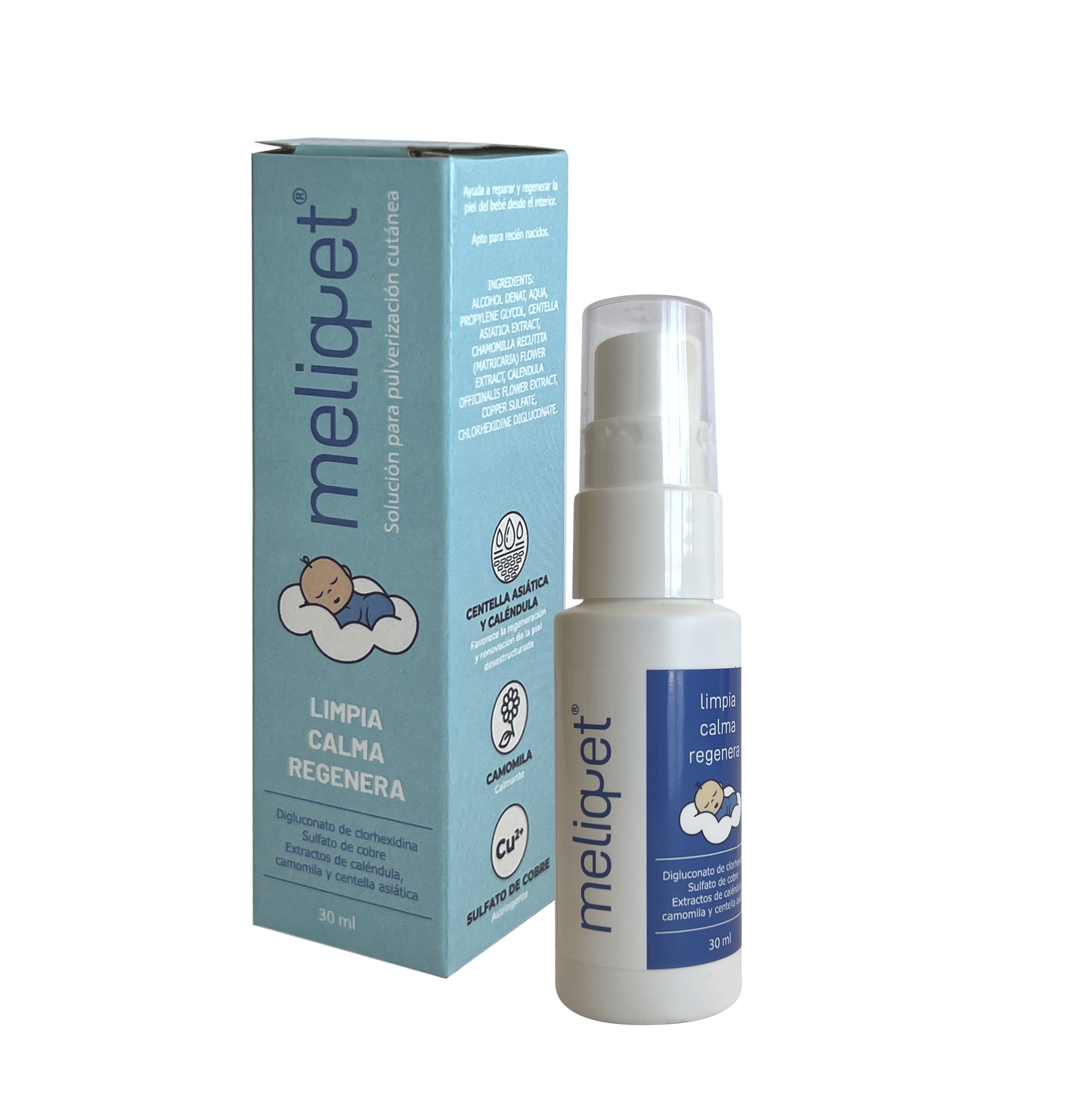Marine-derived collagen: A Polish product transforming the cosmetics industry
Collagen extracted from fish skin is undoubtedly a great discovery of Polish science, developed over several years. It was not a discovery made by a specific person, but the perfected work of a team. There would be no collagen if it were not for the work of the Polish School of Biochemistry.
The Polish School of Biochemistry
In the 1970s, Polish science excelled in the field of protein extraction from marine organisms. Poland was one of the few countries to have a unit entirely dedicated to marine research.
Collagen was first mined in the 1980s, but it did not attract financial support. The first "collagen patent", number 167114, was never commercially exploited until its protected legal status expired. The inventors of that time lacked two elements: an ideal fish species as a source and a perfected final stage of filtration.
Los avances del professor Jozef Przybylski
It was finally Professor Jozef Przybylski, from the Institute of Chemistry at the University of Gdansk, who managed to use salmon as a source and silk fibers as a filter.
The use of silk fibers as a filter made it possible to obtain high-quality collagen suitable for commercial use.
Professor Przybylski's most outstanding achievement was the first commercially extractable Polish fish collagen. It showed that the protein (collagen) that was commonly added to cosmetics at the time was not the same as human collagen at all.
revolutionary discovery
Despite having certain similarities, collagen at the time was a biologically inactive foreign body, plus a form of gelatin that simply functioned as a placebo. While the collagen obtained through his method (Przybylski method) retained its crystalline structure of amino acids, which is identical to the structure of the so-called human "triple helix", which means that it is perfectly compatible with that of the human being.
The world of science was stirred by the Polish discovery. Opinions arose that the Poles had obtained the key to the youth potion.
Collagen preserving the triple helix was a sensation, but only in the realm of specialists. In Poland, it received so little publicity that, by 2001, no one invested in the practical use of the invention, despite the fact that it ushered in a new era in cosmetology by being the first to combat the causes of skin aging and not only its effects.
At the turn of the century, the buzz around this issue slowly died down. Local critics claimed that the idea that the protein could reach the deep layers of the skin by applying it to the epidermis was medical heresy. But for the marketing people who already knew the product worked, the only problem was its perishability at high temperatures.
The temperature problem
It seems that the commercial success of Polish fish collagen will not be decided by ideological certainty, but by something much more prosaic: the product's resistance to temperature.
The temperature issue was crucial for pharmaceutical and cosmetic companies who wanted to gain exclusive rights to the world's first drug with skin-repairing properties. However, they showed no serious interest in it as long as collagen was prone to irreversibly changing its protein structure, losing the triple helix at room temperature.
Fish collagen is a hydrate, a mixture of proteins, which maintains its gelatinous consistency and its biological activity up to a certain temperature. The limit of this is based on its degree of hydration, cross-linking and, above all, the temperature at which the fish (our collagen "donors") were raised.
Differences between human collagen and fish collagen
Human collagen "leaves" its interspiral relationship at a temperature of 42°C (107.6°F) and then dies along with the rest of the organism. Fish collagen differs from human only slightly. One of the differences lies in the resistance to temperature.
Fish vertebrates in seasonal waters align the temperature of their organisms with the environment. The competitive battleground between Polish producers has focused on temperature resistance in the hydrates they produce, as this is the criterion determined by demand in the countries with the greatest potential, i.e. countries where it is hot not only in summer. Inevitably, the global success of this sensational product will depend not on quality certificates or sensational clinical research, but rather on the ability to guarantee end-users a storage temperature in their home environment.
Conclusion
The discovery of collagen extracted from fish skin and the research carried out by the Polish School of Biochemistry have opened new doors in the world of cosmetology and medicine. Despite the challenges and controversies surrounding collagen and its properties, the focus on temperature resistance and its compatibility with human collagen make it a revolutionary product with great potential in the global market.
Frequent questions
- What is fish collagen?
Fish collagen is a protein extracted from the skin of fish, which has been shown to be compatible with human collagen and to have skin repair properties.
- How was fish collagen first obtained?
It was Professor Jozef Przybylski who managed to use salmon as a source and silk fibers as a filter to obtain fish collagen.
- What is the difference between human collagen and fish collagen?
One of the main differences lies in the resistance to temperature. Human collagen loses its triple helix structure at 42°C (107.6°F), while fish collagen exhibits slightly different resistance to temperature, depending on the species and living conditions of the fish.
- Why is fish collagen important in the field of cosmetology?
- What challenges does fish collagen face in the market?
One of the main challenges facing fish collagen is its resistance to temperature. The ability to maintain its structure and properties at different temperatures is crucial to its success in the global market, especially in countries with hot climates.

























































































































